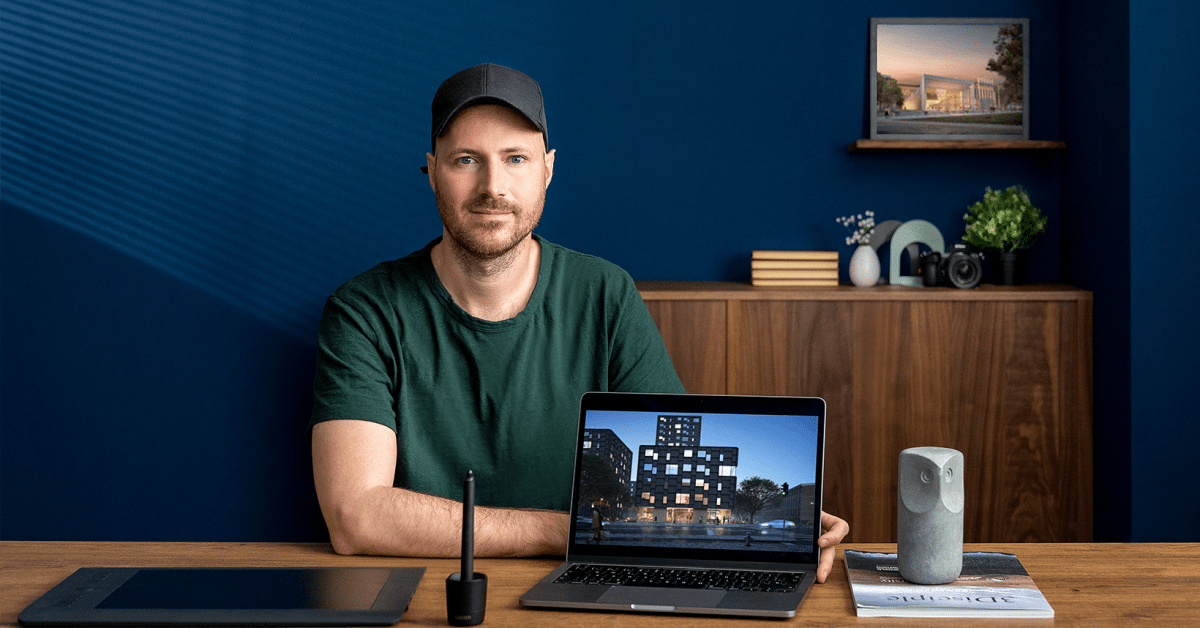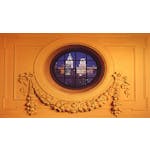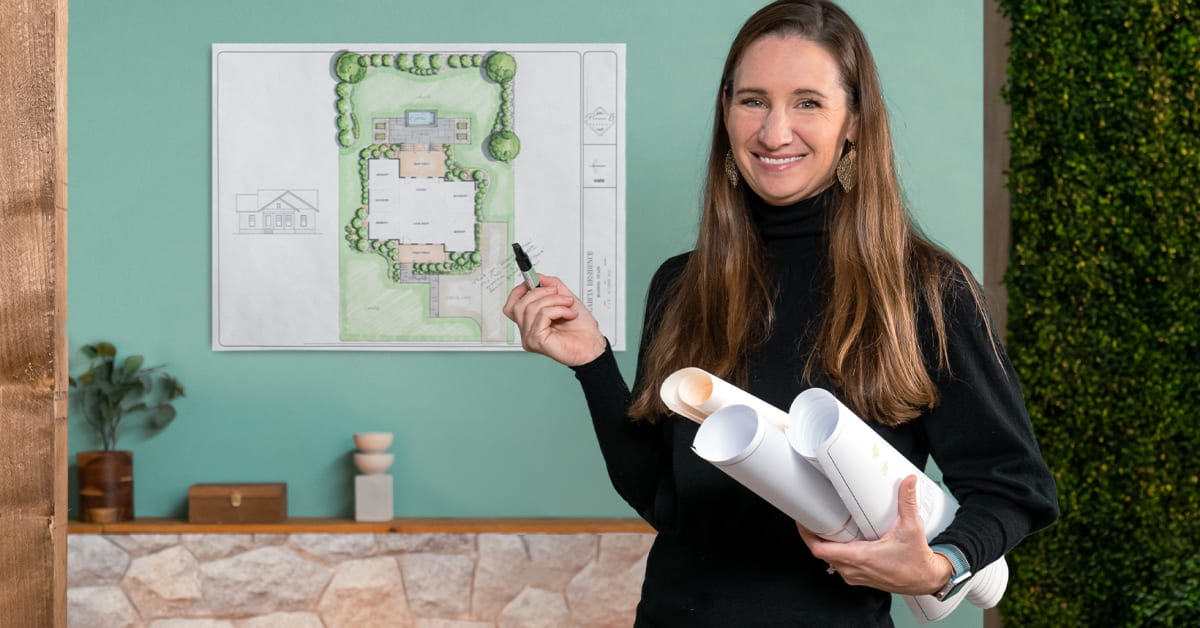Description
In this course, you will :
- Learn how to construct a narrative using composition and colour theory to get an overview of visual storytelling in architectural visualisation.
- Learn how to create a project site in 3ds Max using images from Google Earth and Google Street View.
- Learn how to add realistic detail to RailClone using simple modelling techniques.
- Learn how to create a modular facade for a residential architectural design using volumetric shapes.
- Discover how to use the Physical Camera in 3ds Max to compose your image. Then, using V-Ray Dome Light, illuminate your scene with realistic lighting.
- Learn about the benefits of using "white clay" renders to help you adjust lighting to fit the visual narrative you want to communicate.
- Learn the fundamentals of texturing your scene with V-Ray materials in 3ds Max. Learn how to apply textures to RailClone elements to create a realistic scene.
- Before preparing the final render output, it walks you through the process of texturing your scene with Quixel Megascans.
- Dive into post-production by learning how to use adjustment layers in Photoshop to edit the various aspects of your render output.
- Learn how to incorporate 2D cut out people into your scene to create a convincing image. Add atmosphere, depth, and additional lighting to your work to create a storytelling experience. Finish the course by applying the finishing touches via colour grading and final edits.
Syllabus :
1. Site, Building and Facade Modelling
- What Is Visual Storytelling in Architectural Visualization?
- Preparing Scene File, Site and Surrounding
- Adding Details with Railclone
- Blocking Out Buildings on Site
- Create a Modular Facade with Railclone
2. Composition and Set Dressing
- Setting Up a Composition Using Physical Camera
- Lighting of a Scene with an HDRI Dome
- Communicate Camera Drafts with White “Clay Renders” and References
- Gathering and Adding Assets
3. Texturing and Rendering
- Basic Texturing With V-Ray
- Apply Materials to Railclone Element
- Texturing Using Quixel Megascans
- Prepare Render Elements and Render Settings
4. Post-production
- Compile Render Elements and Get Started with the Post-production
- Base Corrections of Elements in the Image
- Compose and Balance 2D People
- Light and Mood
- Color Grading with Adjustment Layers and Nik Color Efex









